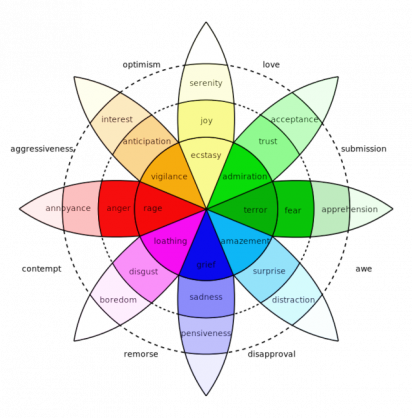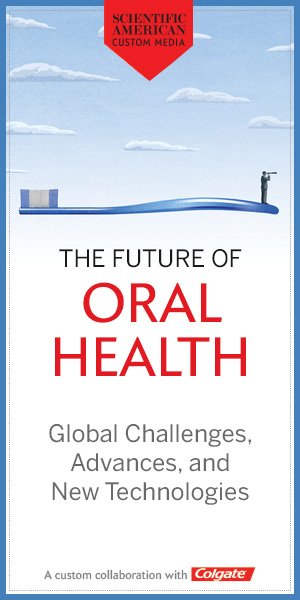Display Advertising: Tips and Best Practices

Back in 2016… “digital display ad spending will eclipse search ad spending in the US for the first time. Combined, the categories of video, sponsorships, rich media and banners and other will account for the largest share of digital ad spending: 47.9%, worth $32.17 billion.” – eMarketer
What is display advertising?
In essence, any piece of advertisement with visual or audio content popping up on your screen is an example of display ad. Such ads can vary a lot in appearance and function, ranging from common static images to fully interactive online videos. While in the field you will mostly deal with a combination of display ad types, it’s generally agreed to recognize/distinguish them as:
- Banner ads – the good old images with a hyperlink to the advertiser’s website. Simple and brilliant at the same time, this original ad formula once laid down the foundation for digital marketing as we know it today.
- Rich Media – a type of display ad incorporating audio/video, allowing for some extent of user interaction, usually activated upon mousing over the ad. It could be a flash game, or an active shopping window. The general idea is to engage a user with interactive elements.
- Interstitials – full-screen ads, integrated into an app or a web page, covering the content before the user clicks away. Appear at transition points, such as upon leveling up in a game, or adding an expense into your finance management app.
- Overlay ad – overlay ads appear over the content without covering it completely. Most commonly used in video advertising, but still utilized with regular web pages.. Although 480×70 is a common choice of format, 300×250 “companion” pieces also fall into the category.
Digital Ad formats can differ on a case-to-case basis, and improvisation often accounts for creative ad ideas. At the same time, standards do apply and have been proven by trial and error to be most captivating in the general public’s perception, so it makes a lot of sense to stick with conventional ratios. This complete guide to ad sizes and formats from Google will help you to sort it all out.
How does display advertising works.
Any ad is aimed at inducing a particular mood or set of emotions in the onlooker, compelling him to act accordingly with the advertiser’s objective, i.e. to register or follow, to buy etc.. And when it comes to our senses, although a recent Glasgow University study concluded “All human behaviour can be reduced to four basic emotions (happiness, sadness, fear\surprise and anger\disgust)”, there is a lot to the spectre of feelings one can actually experience, perfectly illustrated in Psychology Today.

Think about it this way: at the core of every successful ad campaign lies a set of psychological triggers. Therefore, learning human response to various visual factors like color, size, format and their correlation, as well as “selling” phrases and writing techniques will greatly benefit your display ad’s ability to convert the most guarded users.
Best Display Ad Examples.
A real life example helps understanding and proves a point like nothing else, so let’s look into several practical tips to making an eye-catching display ad with examples for each one. There’s no need to look too far for them, as the most successful illustrations from big brands are constantly in the public eye. Here we go!
Less is more. Information overload leads to poor perception. Therefore, try to make your ad as concise as possible, so it’s easy to imprint into the reader’s subconscious. The challenge here is to fully express your message. Testing several ideas will help you out, and these examples of tightly packed content from globally known brands might spark a few:



An out-of-the-box approach plays a major role in developing one of those magically-converting display ads you are looking for. Naturally, it’s way easier to throw around “creative”, rather than to actually come up with a great ad idea, but as you know, walk and ye shall reach – the rule applies everywhere. Bet you none of the concepts here were the first draft:



Sex still sells. The only thing is that it sells sex and not much more, so one ought to be careful while using this approach. Akin to culinary endeavors – a pinch of spice perfectly spikes the appetite, but in excess it spoils the whole dish. In some cases it’s outwardly wrong to promote a product by the means of sex appeal, so careful consideration is necessary.



Reverse the science. Fear and disgust have a strong marketing effect too. Instead of directly highlighting a product’s benefits and features, one might consider, and is not at all prohibited from, painting a picture of life without the product as gloomy, unpleasant, or even dangerous enough to scare a potential customer straight into the advertiser’s client base. Debt, illness, information loss – you don’t really want none of this, do you?



Why so serious? It is understood why one would want to stay highly professional when it comes to style and language of a brand’s promotional campaign. However, a good sense of humour, correctly applied, can breathe life into your creatives and naturally boost user engagement. Most important: keep your ads’ target audience in mind and always measure your treasure. Reaching into controversial territory for humour could prove damaging with a wide audience, so tread carefully and you’re golden.



It is hard to resist. People love free stuff, that’s a given. Since the early days of commerce, merchants have been using discounts and freebies to promote their products or move some units on a tight schedule. Nothing lights up a user’s eyes like a huge price cut or a possibility of winning merchandise, no matter how slim it might be. Just wave the prize around and watch them chase Lady Luck all the way down the funnel.


Mind the timing. The world is constantly moving, and there’s a whole bunch of happenstance to latch on to for ideas. Social trends spawn display ad trends, so ask yourself which current events you are missing out on and advertise accordingly! Being in the right place at the right time is priceless, but the cost of not doing so is easily measured by your competitor’s profit.



So what’s the magic formula?
Take a look at examples in this article and you will notice: the amount of ways to advertise is countless. Like it often turns out, the key to success lies in a proper combination of methods. Mix and match, sketch, draft and throw it away. Effective display ads are always a result of heavy brainstorming, picking out good ideas, improving and developing them into a coherent narrative that goes in line with the advertiser’s brand message and employs effective marketing practices at once. Put some work in, apply these ideas relative to your business, and your next advertising campaign will definitely succeed!

